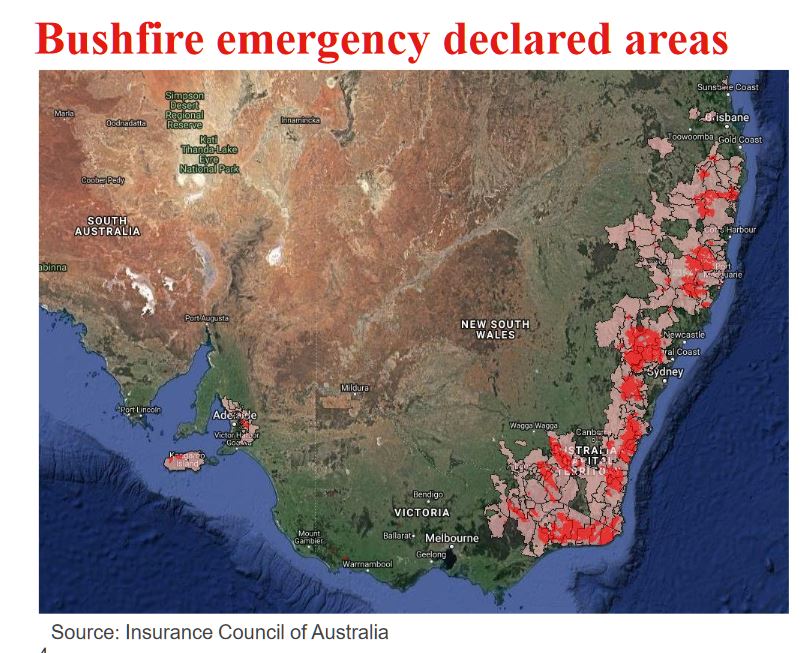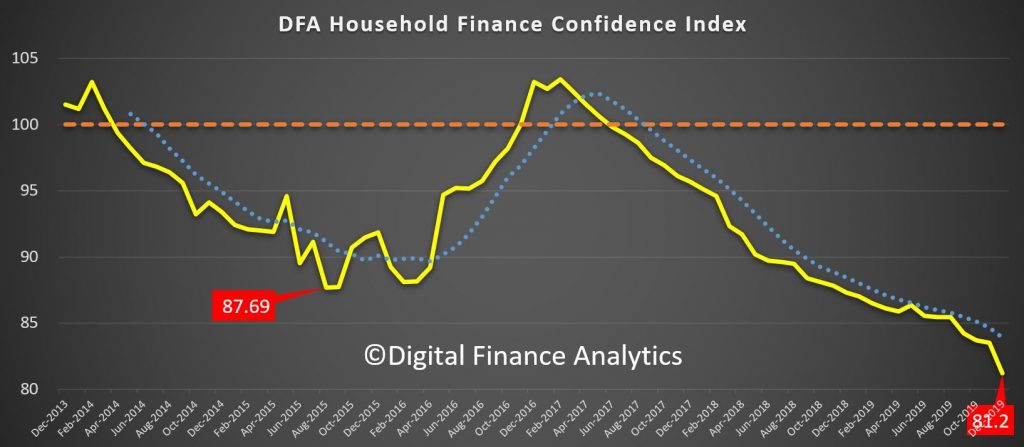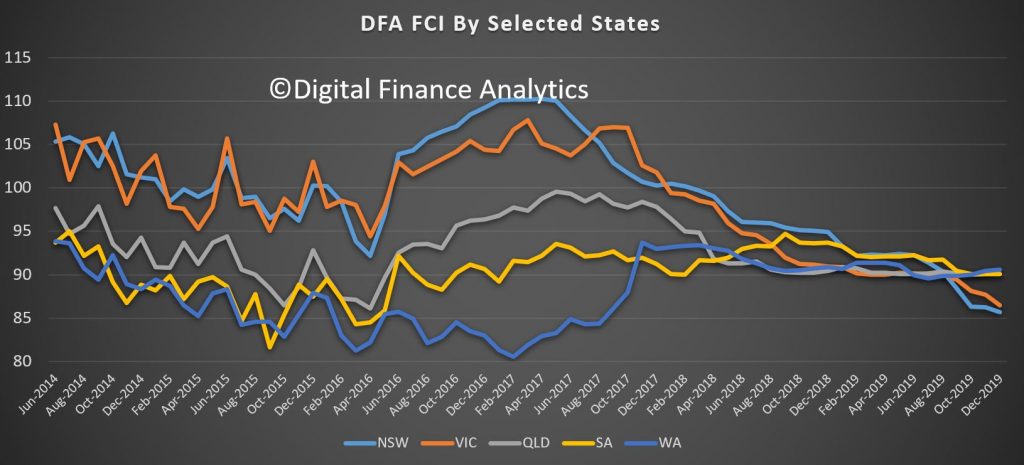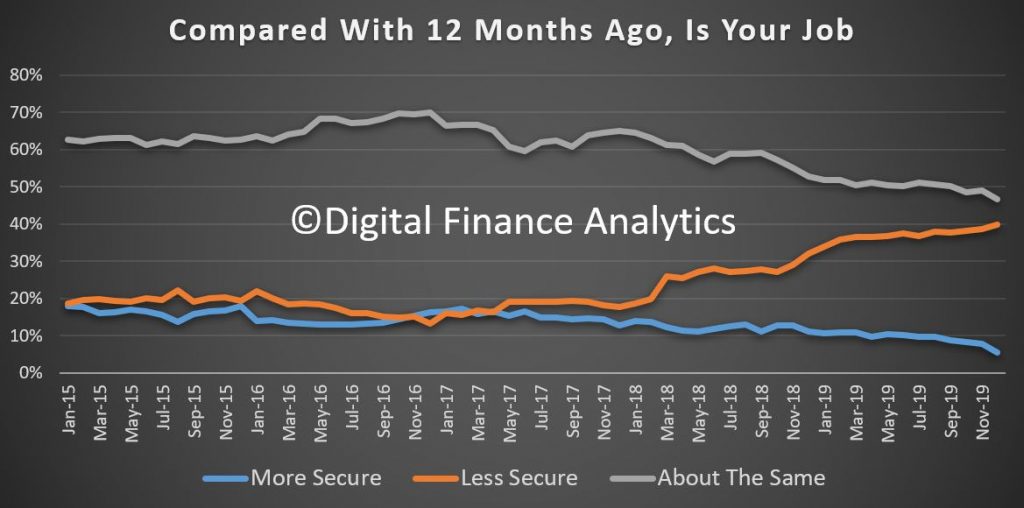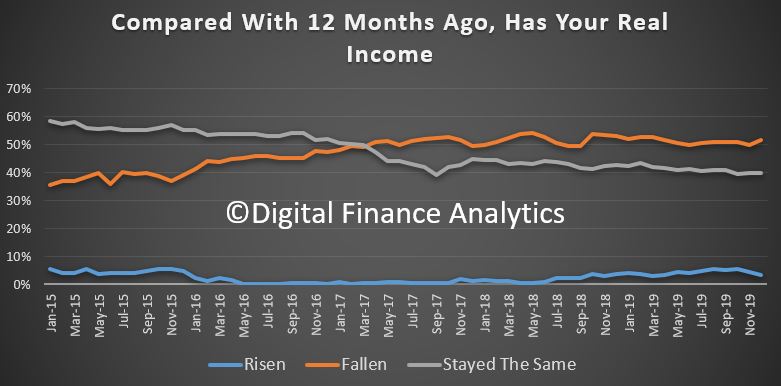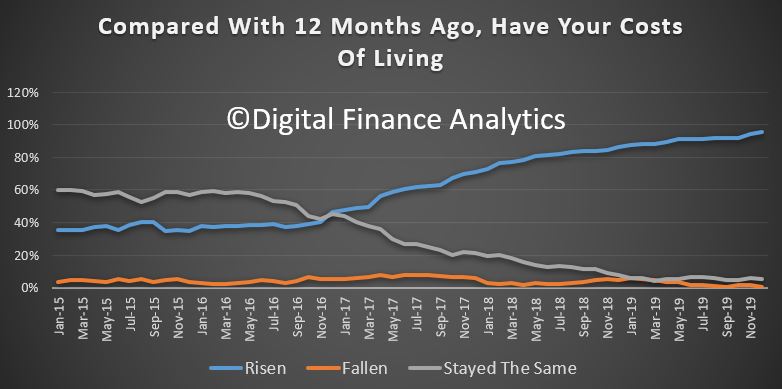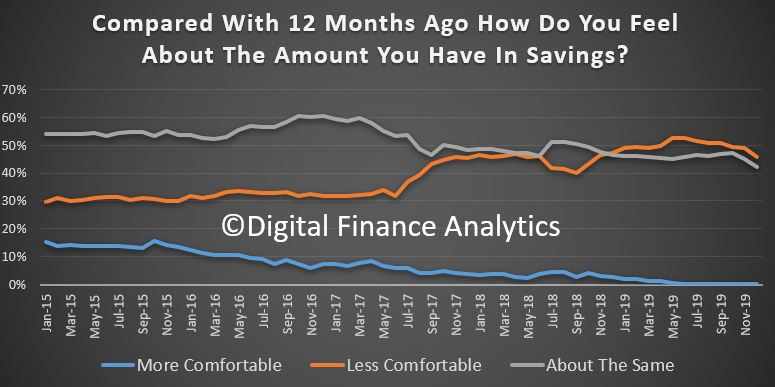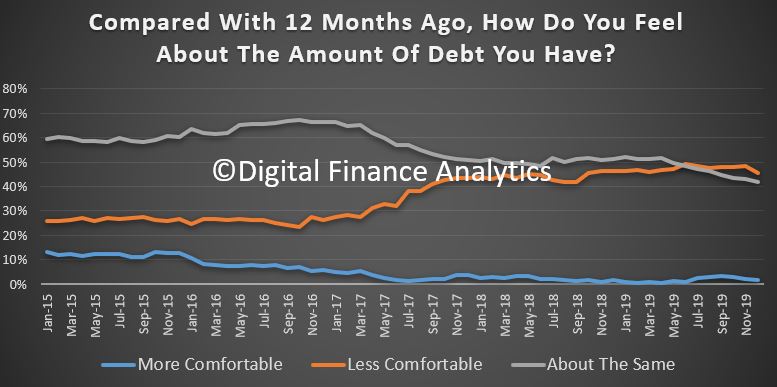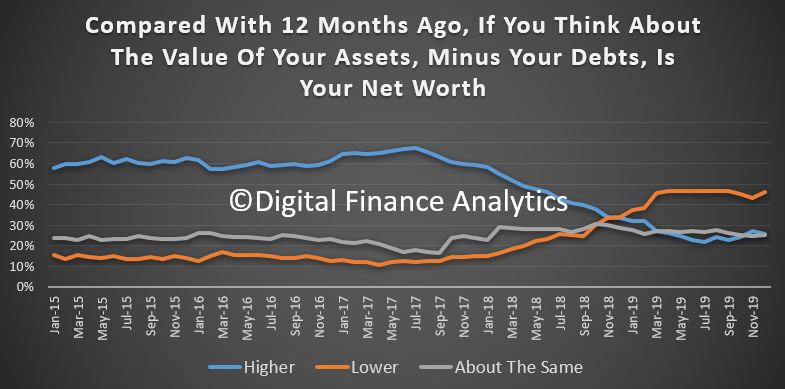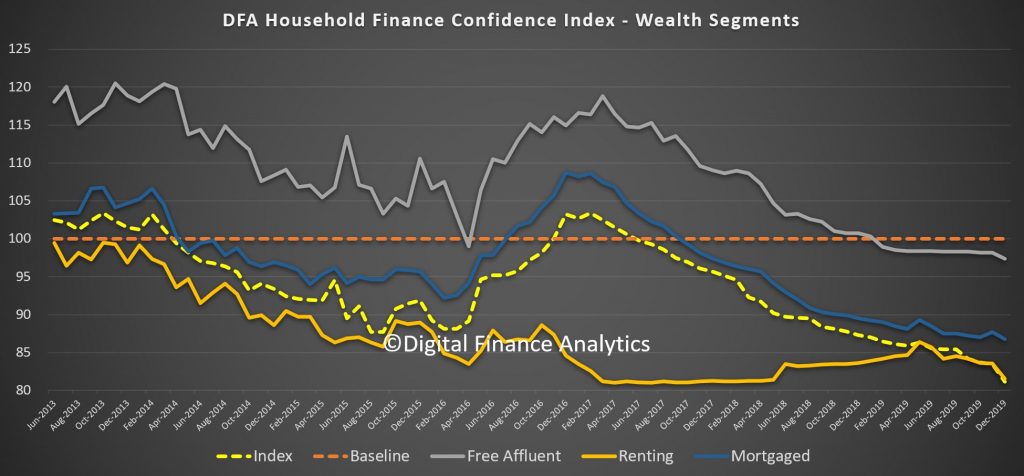We look at the tourism data to assess the impact on GDP, regional visits and the education sector. How much of the $60 billion contribution to GDP (fourth largest) could be impacted, and will a marketing campaign make any difference?
This week, the Australian Tourism Export Council told the Australian Financial Review that cancellations by tourists from large markets such as the US, UK and China was hurting the industry and could cost the country at least $4.5 billion by the end of the year. There have been mass cancellations, and bookings in some areas are down by half. And this may not be just a short-term blip, with pictures of the smoke last week in Melbourne, Canberra and Sydney all adding to the concerns potential tourists may have.
The hazardous ratings were worse than in many industrial cities around the world. And whilst Australia is a large country (it takes 5 hours or so to fly from Sydney to Perth) the bushfire impact is bigger than just the areas where bushfires are still burning. And the lasting damage to Australia as an environmentally sensitive country and worth a visit might be shot. In addition, it is estimated more than 1 million wild animals and birds may have perished and in some area’s species – like Koalas and Platypus are threatened with extinction.
The Government announced that they would spend $76 million dollars on marketing campaigns to underscore to international and interstate visitors that Australia is open for tourists to visit. The bulk of the money to be spent on overseas advertising. Prime Minister Scott Morrison said Australian tourism is facing “its biggest challenge in living memory”. And described the funding — drawn from the Government’s national bushfire recovery fund — as an “urgent injection” of funds for businesses impacted by the bushfire crisis.
The Government’s package includes $20 million for marketing to domestic travellers and $25 million for a global tourism campaign to advise international visitors that Australia is “safe and open for business”, as well as $10 million towards creating new attractions in bushfire affected regions of the country.
So today I wanted to look at the tourist data for Australia to see how important it is and to examine where the tourist dollar comes from, and where it goes to. And we need to look at both international visitors, and separately local visitors, including those from other states. Some of the reporting in the mainstream media have only told part of the story. Then I will try to estimate the potential impact.
According to data from Austrade, total tourism generated $149.6 billion dollars to the year to 30th September 2019. Within that, domestic overnight travel had 115.7 million visitors spending a record $79.1 billion, while foreign visitors generated $45.2 billion in income to the economy, up 4.7% on the previous year. This was generated from 8.7 million international visitors, up 2.5%, with an average spend per trip of $5,219.
Data published by TOURISM RESEARCH AUSTRALIA using ABS data shows that in 2018-19, total tourist consumption was $152.0 billion, which resulted in $60.8 billion in GDP to the economy which is 3.1% of the national total and employed 666,000 persons or 5.2% of the Australian workforce. Note though that this is a derived estimate, according to the ABS as we do not measure tourism directly.
In fact tourism is our largest service export, contributing $39.1 billion to Australia’s economy in 2018–19. This represents 8.2% of all goods and services exports – and places the industry fourth overall behind iron ore, coal and natural gas. But we actually have a tourist trade deficit, with visitors coming here – Exports of $39.1 billion from international visitors to Australia while Australian travelling overseas – Imports were $58.3 billion.
The tourist GDP contribution has been growing by between 5% and 6% for some years, and is up from around $38 billion in 2010-11 to $60 billion last year. This has seen tourism grow from a 2.9% share of national GDP to a 3.1% share.
So now let’s look in more detail at the tourist sector, and at international trade first.
Within the $45.7 billion, $17.1 million came from holidays, $13.2 billion from education, $7.5 billion from visiting family and relatives, $4.1 billion on business, $2.2 billion on business and $1.2 billion for other reasons.
Visitors from China accounted for $12.3 billion of spend, of which $3.2 billion was holidays and $7.1 billion on education. This came from 1.3 million visitors, with an average spend per trip of $9,235.
The United States was second, with $4.0 billion spent, of which $2.0 billion was for holidays and $300 million on education. This came from 771,000 visitors with an average spend per trip of $5,200.
Next was the United Kingdom with $3.3 billion spent, with $1.4 billion on holidays. And $1.3 billion on visiting family and friends, and just $68 million on education. We had 669,000 visitors from the UK and their average spend was $4,959.
New Zealand accounted for $2.6 billion in spend, of which $1.1 billion was holidays, 0.7 billion on families and friends and just $76 million on education. Interestingly they accounted for $1.3 million visits and their average spend was $2,032. That may tell you something about our Kiwi cousins!
Across the states and territories, NSW received $11.5 billion, of which $3.6 billion was for holidays, $4.7 billion for education and $1.4 billion for visiting relatives. The average spend per trip was $2,610. Of this around $1 billion was from regional NSW, mainly holidays at $381 million and education $362 million.
Victoria accounted to $8.8 billion, of which $2.3 billion was holidays, $4.0 billion education and $1.5 billion was visiting relatives and friends. The average trip was worth $2,810. Regional Victoria earned $594 million from international tourism, of which $249 million was holiday related from international visitors.
In Queensland, international tourism was worth $6 billion, including $2.8 billion for holidays, $1.7 billion for education and $830 million for visiting families and friends.
Within that Gold Coast generated $1.3 billion, including holidays at $755 million and education at $335 million, Brisbane was $2.8 billion comprising holidays $644 million and education $1.3 billion, and regional QLD generated $1.8 billion, of which holidays was $1.4 billion.
Turning to local tourism, that generated $79.1 billion, with an average spend of $684 a trip, and over an average 4-night stay. Of that $35.2 billion was holidays, $13.9 billion visiting relatives and friends, $17.8 billion business related and $12 billion other reasons.
Across the states, $23.2 billion was spent in NSW, with regional NSW collecting $13.9 billion, $16.5 billion in VIC, with regional VIC earning $7.1 billion, $19 billion in QLD with the Gold Coast generating $3.7 billion and Regional QLD $10.2 billion, $5 billion in SA, $8.5 billion in WA, $2.3 billion in NT, $2 billion in the ACT and $2.7 billion in Tasmania.
So a couple of observations, international revenue from education is more significant than from overseas people visiting, so it will be important to reassure potential students that Australia is safe and open for education services – to that end, the pictures of smoke in Sydney and Melbourne are extremely damaging when it comes to selecting a country in which to study, and as degrees in particular can take three of four years, this could create a long term hole in GDP.
Local travel by Australians can generate significant income, so focus on reassuming locals it is safe to travel to fire effected areas will be important, but many will likely stay away until the fires are out. As at today there are still more than 80 burning in NSW alone.
In fact, my read of Morrison’s announcement is its more to do with public perceptions of how he is handling that bushfires (after earlier bloomers), than really making a difference. For that we need to have the fires extinguished, and we need strategies to mitigate future risks. So, to me, $76 million is a pimple on the elephant and will make very little difference indeed.
But we can estimate the potential loss, bearing in mind more than half of tourists come over the summer period. So, apply this to the proportion of areas directly impacted overall, I get around $4 billion dollars in income lost. If you add in a broader swathe of cancellations to Melbourne, Canberra, Adelaide and Sydney, and assume a 5% reduction in education spend, I get an additional $8 billion in this financial year. Thus, if I put all the known data together, that $60 billion GDP could easily drop by $12 billion over the next year, and the impacts could run over 2021 and beyond. But to reemphasise the point there are indeed many areas of Australia still open for business and it’s a big country, but its going to be a hard message to communicate while the fires are still running.
https://www.tra.gov.au/domestic/domestic-tourism-results
https://www.austrade.gov.au/Australian/Tourism/News-Research-and-Publications/research
https://www.abs.gov.au/ausstats/abs@.nsf/mf/5249.0
https://www.adnews.com.au/news/where-the-76-million-tourism-marketing-bushfire-recovery-package-will-be-spent

